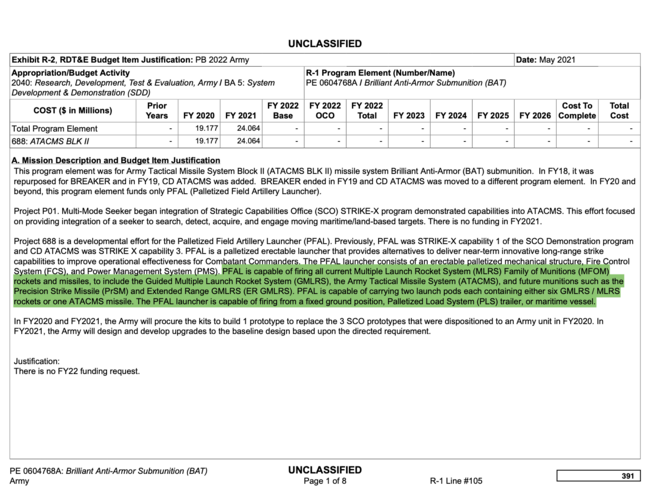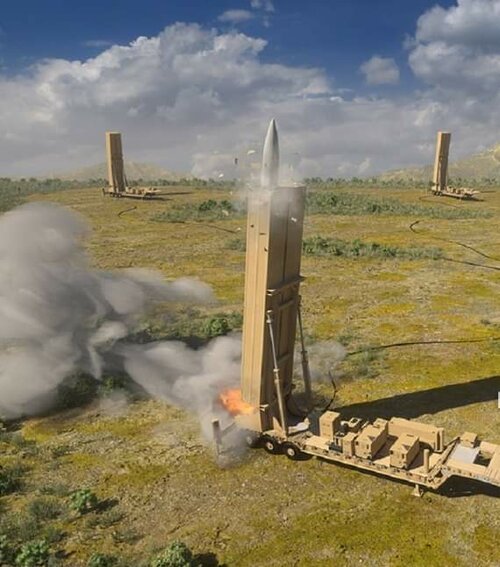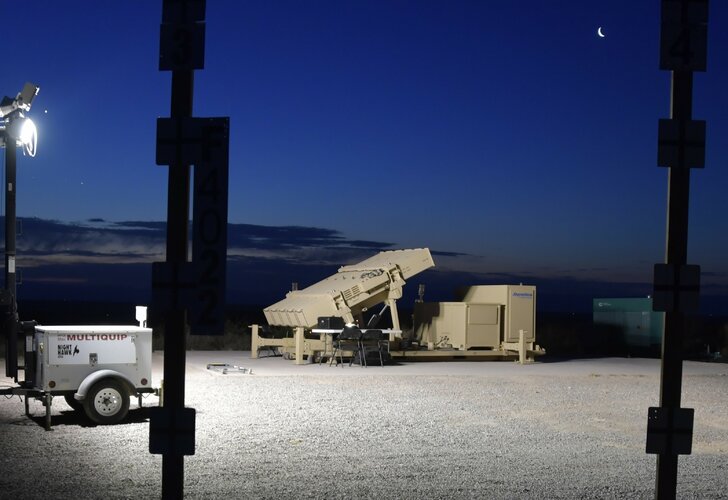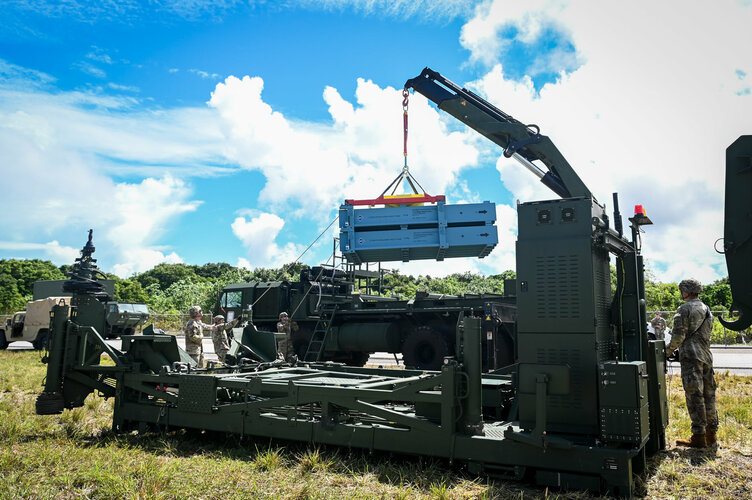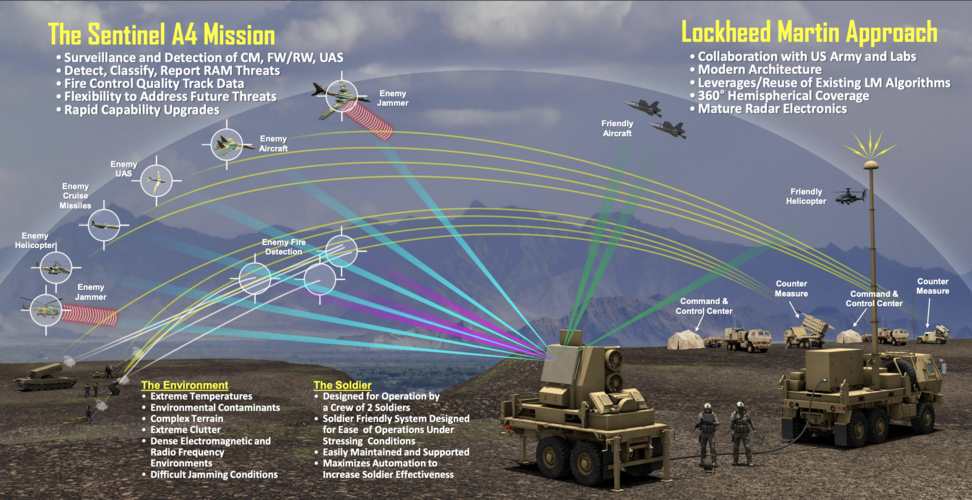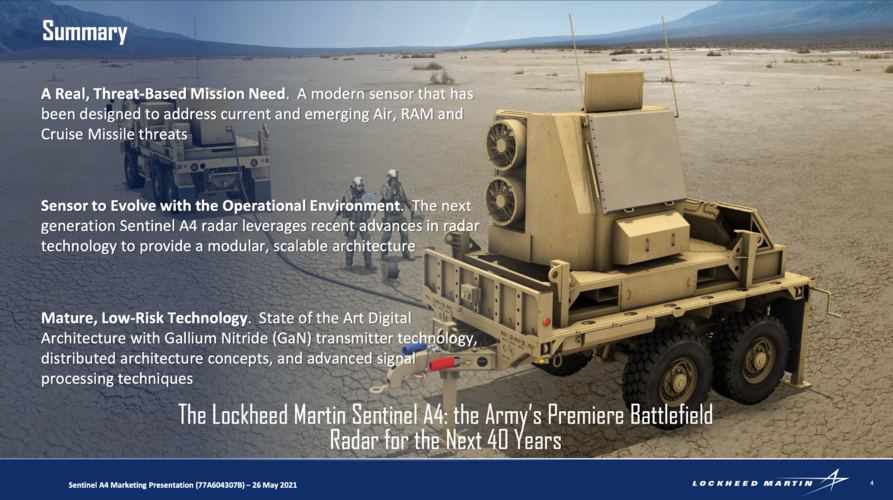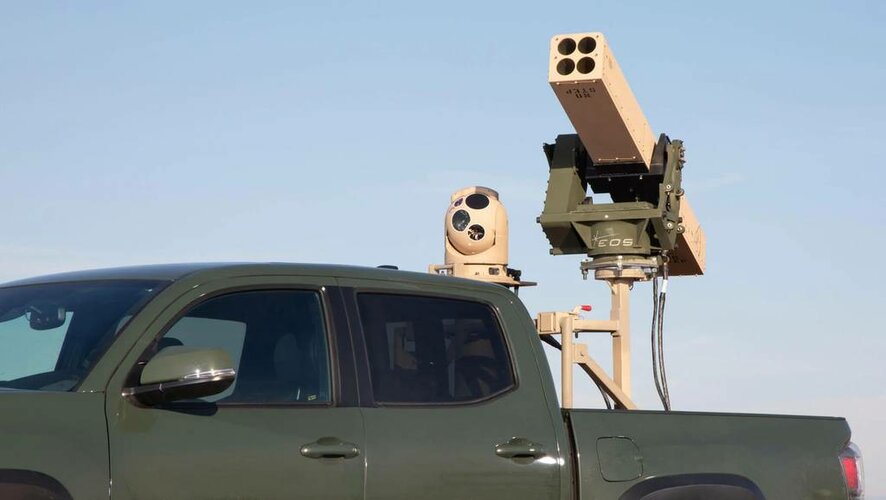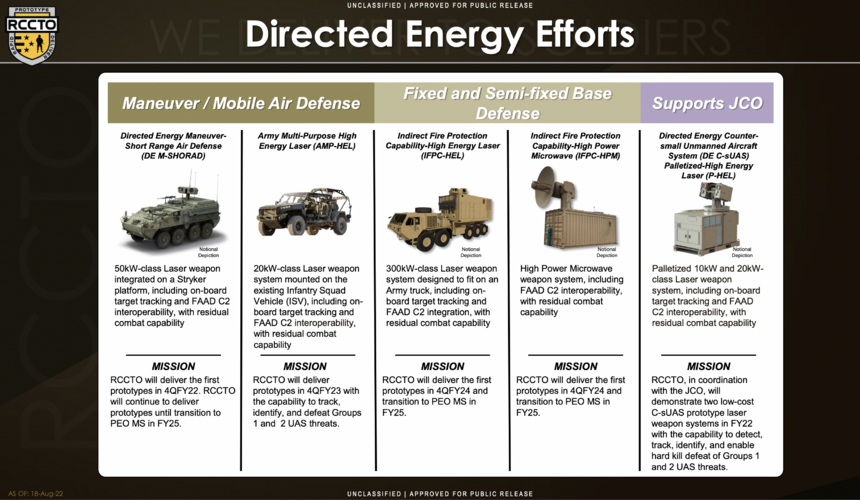As the U.S. Army’s number one modernization priority, Long Range Precision Fires has a heavy (pay)load to carry.
But the program, of which the U.S. Army Combat Capabilities Development Command Aviation & Missile Center plays a critical role, has proven to stand up to the scrutiny. The Precision Strike Missile, part of the LRPF portfolio, is an integral reason why.
“PrSM is an exciting capability improvement for the Army that will provide dramatic improvements in targeting, lethality and range while using existing launchers,” said Christi Dolbeer, director of the Technology Development Directorate at DEVCOM AvMC.
What makes PrSM so revolutionary? Both an ambitious approach to increasing capabilities but also a pragmatic one. Those launchers are already built, already in the field and already utilized by Soldiers who will not need extensive additional training on the weapons system’s operation. That design was intentional given the Army’s “do more with less” climate and an expected program price tag of more than $1.2 billion over five years.
“PrSM fits in the existing High Mobility Artillery Rocket System launchers,” said Mike Turner, Fires Capability Area Lead for DEVCOM AvMC. “It is part of the command and control structure. It will be organic to all Army fires units. So we have hundreds of launchers already capable of firing this and the targeting dilemma we create for potential adversaries is significant. Especially when we talk about increment four, where we can shoot 1000 kilometers and that can come from any field artillery rocket and missile unit.”
The first increment of PrSM brings with it the capabilities of an increased 500-kilometer range and double the missile capacity per launcher compared to the aging Army Tactical Missile System. It is currently in an engineering and manufacturing development phase overseen by the Program Executive Office Missiles and Space Strategic and Operational Rockets and Missiles Project Office and is scheduled to be delivered to Soldiers in 2023.
Engineers at DEVCOM AvMC are currently working with prime contractor Lockheed Martin on increment two, which will integrate a multimode seeker to hit both poorly located unmoving targets and moving targets. This capability will expand the PrSM target set to include maritime targets under the Land-Based Anti-Ship Missile science and technology program.
Still in its early stages, increment three focuses on an enhanced lethality: adding smart submunitions - a small munition that separates from the missile prior to impact – and multiple target capabilities. Increment three will also present an opportunity for industry competition.
In a testament to Army adaptability, the increment intended to be fourth has been prioritized ahead of three and will extend PrSM’s range to 1000 kilometers, doubling the range of increment capabilities. The reordering, directed by Army Futures Command and the Army, was due to “a need for a longer range in certain theaters,” Turner said.
Doubling the range of the precursor missile with increment one –then doubling it again with increment four – is ambitious. Turner credits the leadership of the Long Range Precision Fire Cross-Functional Team in fostering collaboration within the Army enterprise, a collaboration that has opened avenues of ingenuity for a program conceptualized by the DEVCOM AvMC team in 2011. As increment one is soon to be delivered under urgent materiel release, Turner and his team’s belief in the future of the program remains unwavering.
“We are confident we can do it,” he said.



